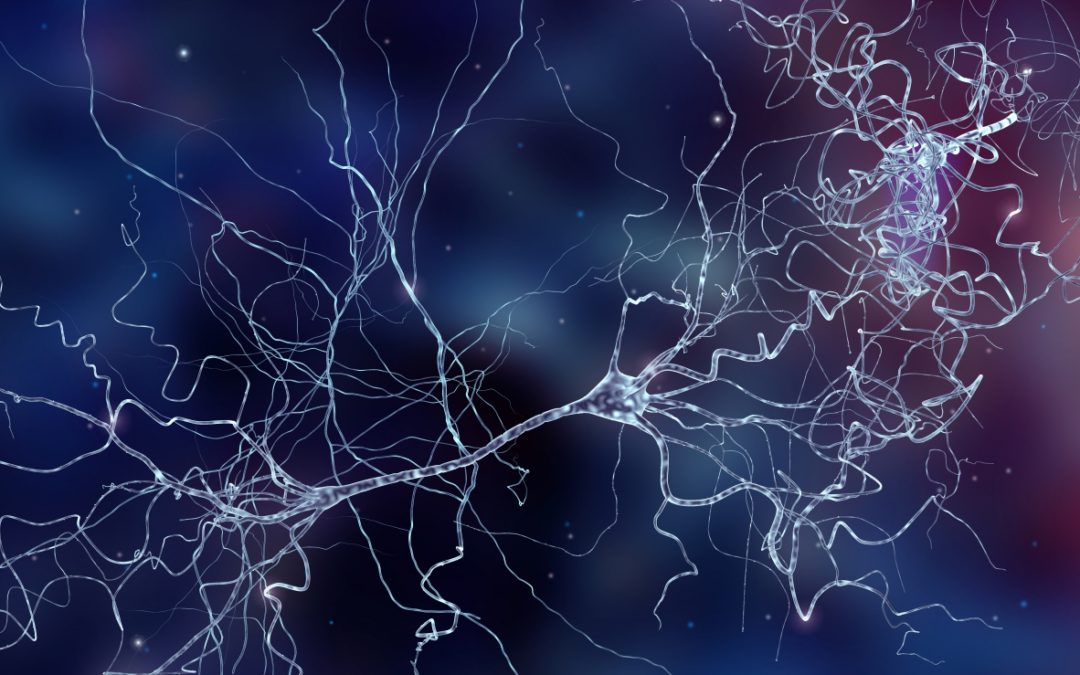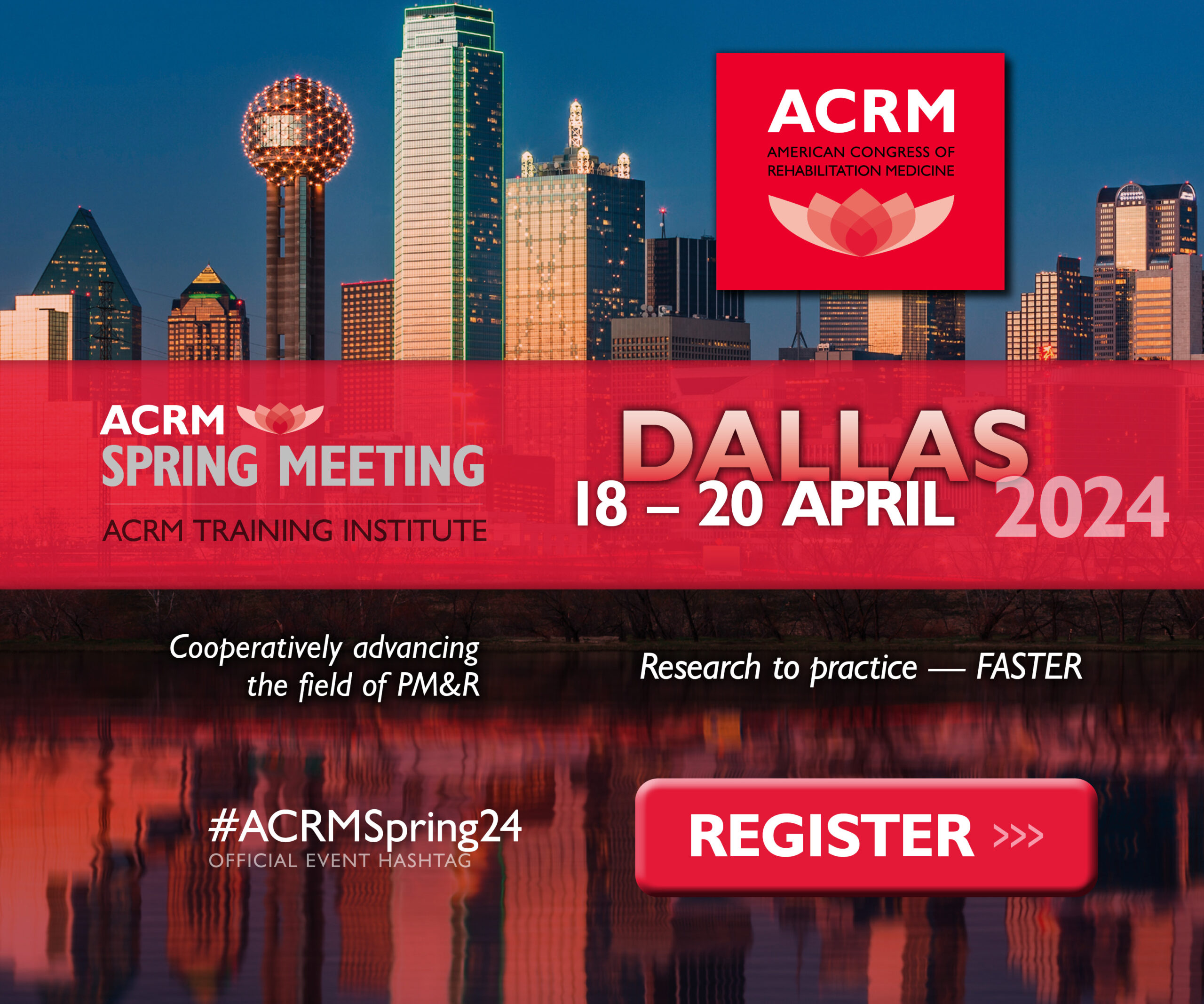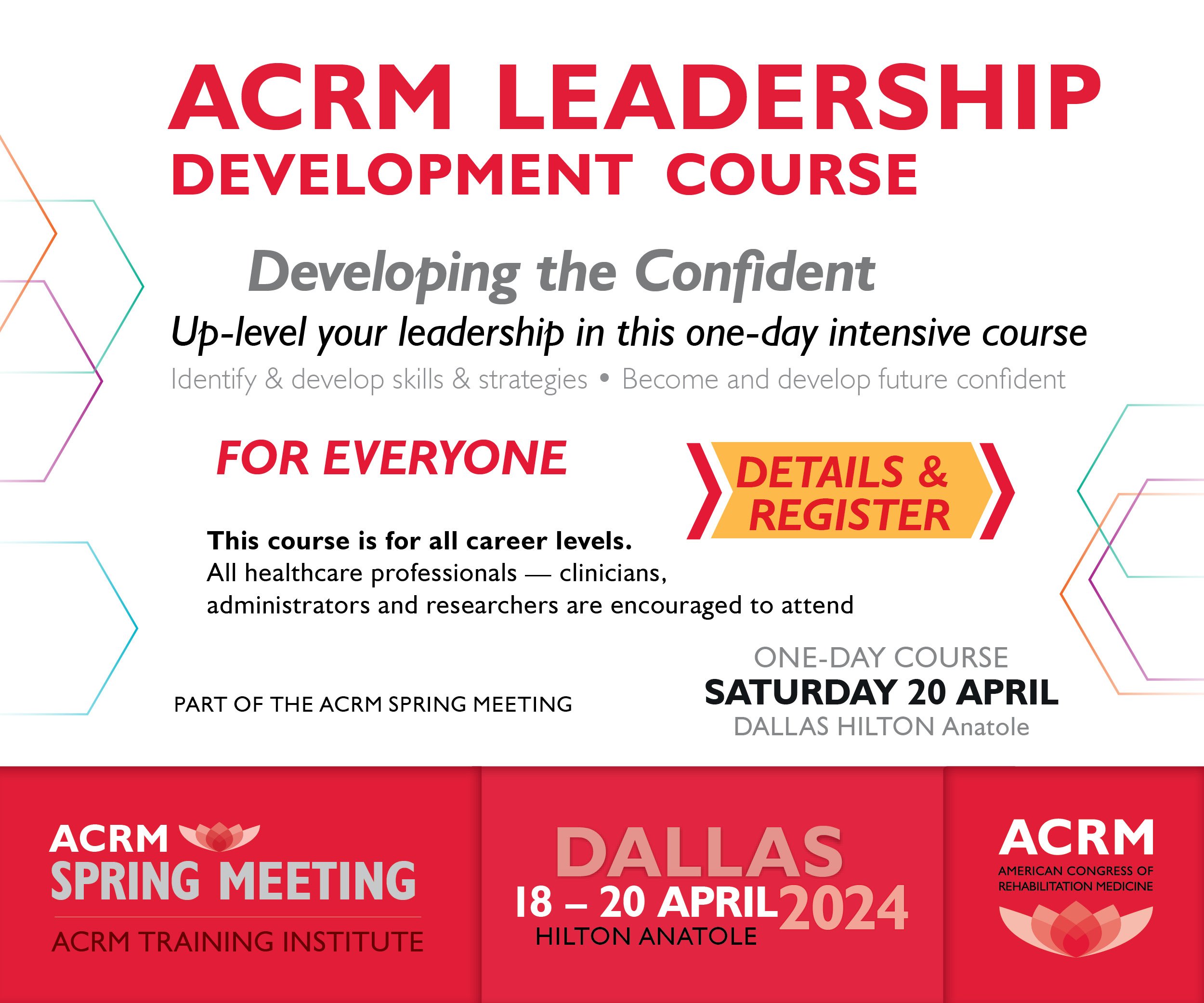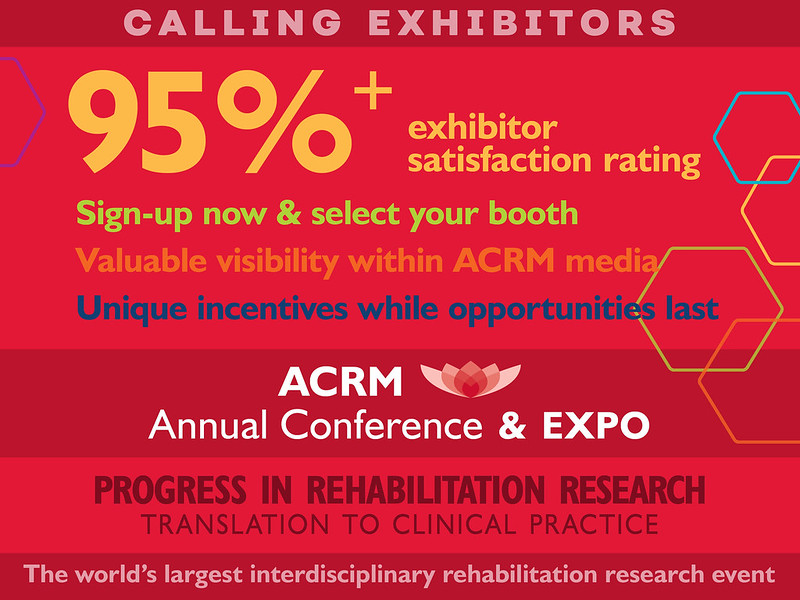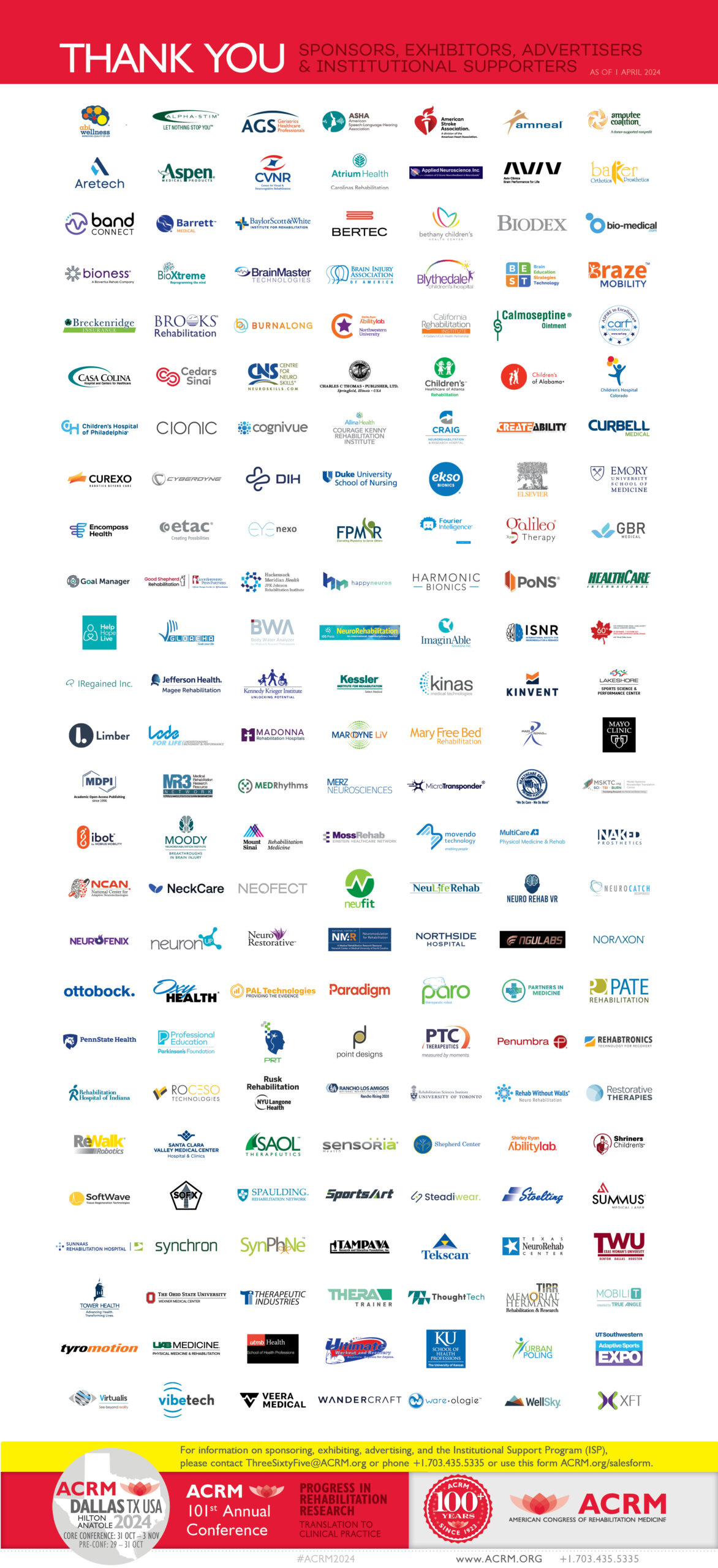Neuroplasticity has been a buzz word in the news and health community for a while now, and today’s blog is going to provide an overview of the term and how it relates to recovery from brain trauma. The adult brain was traditionally thought of as stagnant, but now, research into neuroplasticity is showing that the brain is much more flexible than was originally thought.
The Brain Injury Interdisciplinary Special Interest Group (BI-ISIG) is one of our interdisciplinary groups here at ACRM and it’s a field of rehabilitation research that is constantly changing and evolving. If you’re not already part of ACRM, sign up today and join us for our spring conference in Atlanta! While there, you can explore interdisciplinary groups and connect with other professionals in the field of rehabilitation medicine. Continue reading to learn more about neuroplasticity and follow our blog for regular posts about rehabilitation research!
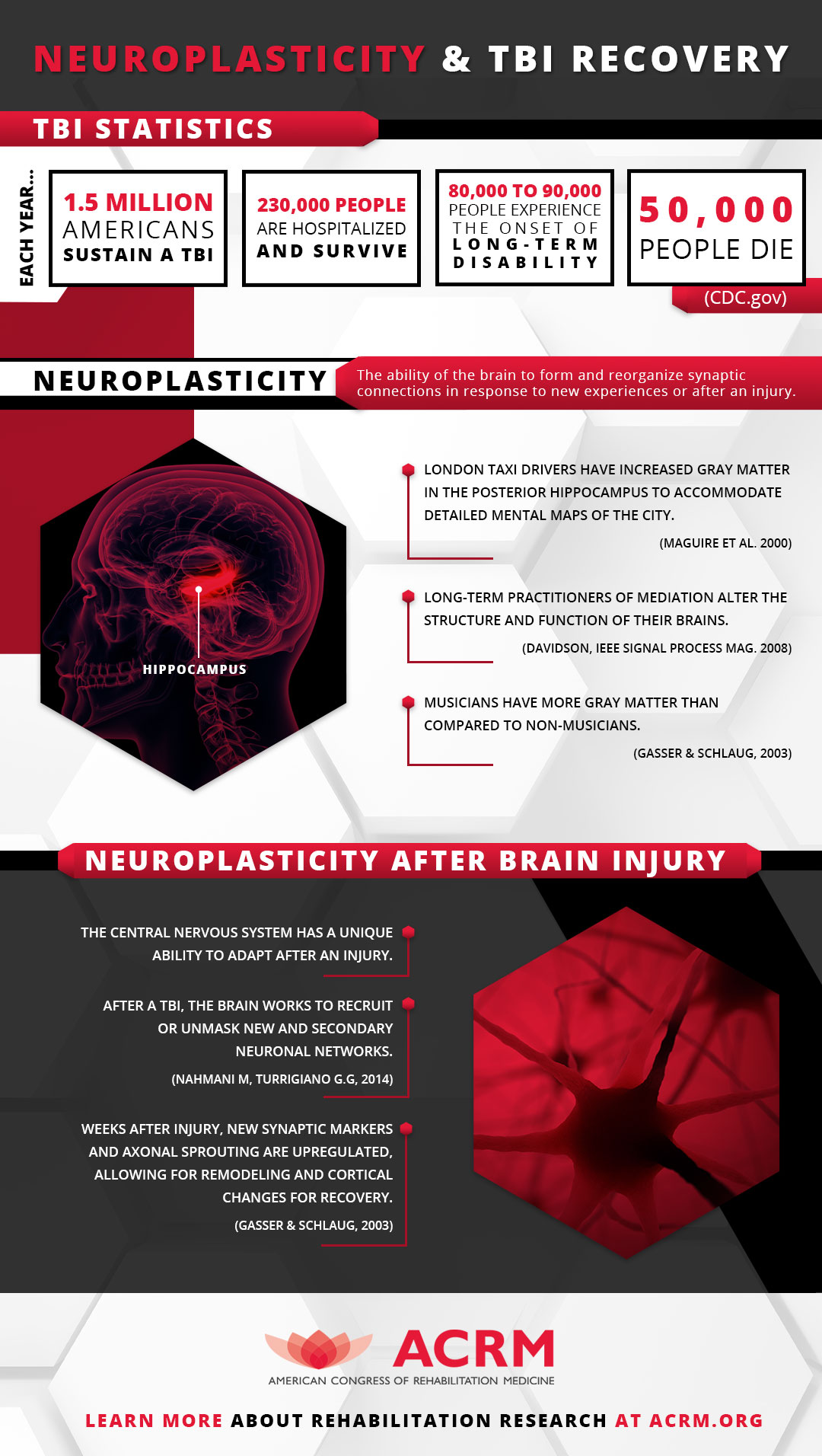
What is Neuroplasticity?
In the most general terms, neuroplasticity is the brain’s ability to change and adapt as a result of interacting with the environment. These adaptations can take place both on a structural and functional level. Rather than being “hard-wired,” the brain can actually create new neural networks to take over the functions that were managed by the damaged area.
Evidence of neuroplasticity has existed for decades, and there are many first-hand accounts of the unique ways a brain can recover from injury. The development of positron emission tomography (PET), functional MRI (fMRI), diffusion tensor imaging (DTI), and transcranial magnetic stimulation (TMS) have changed the way that rehabilitation researchers can measure neuroplasticity. With more and more research being done using these imaging techniques, the future of better understanding neuroplasticity and implementing recovery techniques based on this rehabilitation research is bright.
Neuroplasticity After Brain Injury
The central nervous system has a unique ability to adapt after an injury. After a TBI, the brain works to recruit secondary neuronal networks to make up for the damaged tissue. A large part of TBI rehabilitation is aimed at rebuilding connections between nerve cells. If those connections can be made in undamaged parts of the brain, that work can essentially relocate the work done by the portion of the brain prior to the injury
Recovery from TBI is a challenging process because the injury itself can result in a variety of issues — such as cell death, gliotic scar formation, and inflammation. Traumatic brain injuries cause both direct damages, such as injury of blood vessels upon impact and indirect damage, such as the damage caused by resulting inflammation. Acute treatments for TBI include working to limit this secondary damage.
The long-term therapies, which rehabilitation medicine focuses on, include improving motor, cognitive, and behavioral outcomes. The therapy techniques utilized are determined by factors such as the severity of the injury, age of the patient, and more. The growing evidence for neuroplasticity and neural regeneration has encouraged more pharmacological therapies focused on supporting the regenerative process. While many of these developments are still in the early stages of research, the ability to target processes like neurogenesis is a promising new therapy.
ACRM – American Congress of Rehabilitation Medicine
The mission of our non-profit is to improve the lives of disabled people, including those with traumatic brain injury, through rehabilitation medicine and research. We work with hospitals, universities, professional and advocacy organizations, and rehabilitation professionals around the world. We have 3,000+ members from more than 65 countries and produce the ACRM Journal.
We’re always happy to have more members join our professional community! Learn about the benefits of joining ACRM as well as membership dues and membership application. The upcoming ACRM spring conference is another great way to network with colleagues and keep up with the latest trends in rehabilitation research and rehabilitation medicine. If you enjoyed this article, consider joining our Brain Injury Interdisciplinary Special Interest Group (BI-ISIG).


